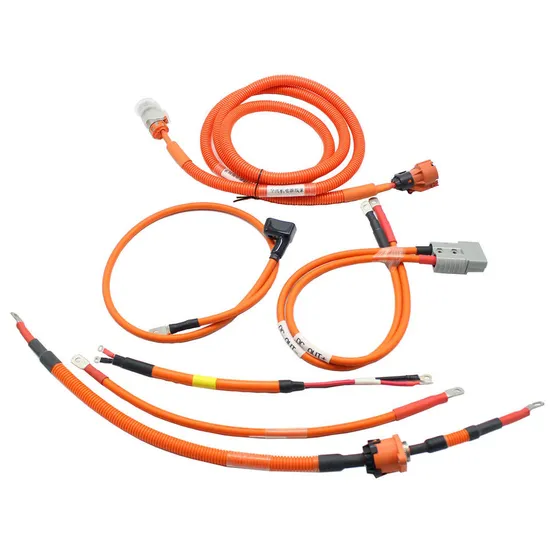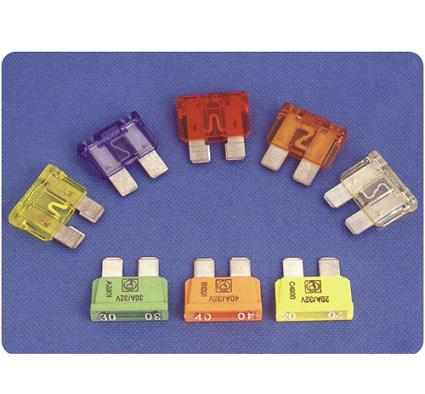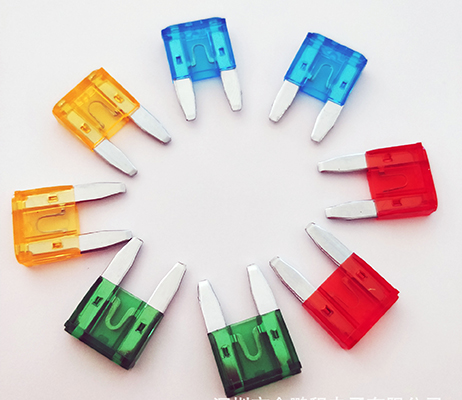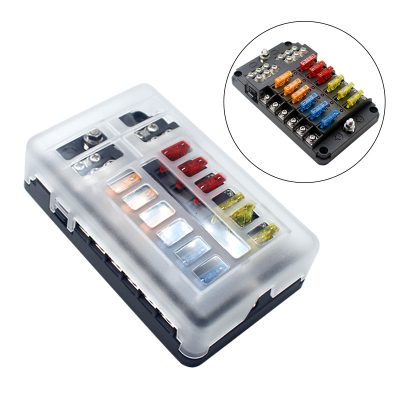Durability Testing Outcomes for Wire Harnesses in Extreme Temperature and Humidity Environments
News 2025-10-24
Wire harnesses are critical components in electronic systems, ensuring reliable connectivity in various applications such as automotive, aerospace, and industrial machinery. Durability testing under extreme temperature and humidity conditions is essential to evaluate how these assemblies withstand environmental stresses that can cause material degradation, electrical failures, or mechanical breakdowns. This article presents key results from rigorous testing, highlighting the performance of wire harnesses in scenarios mimicking real-world challenges like desert heat or tropical moisture. By focusing on these conditions, manufacturers can enhance product longevity and safety, reducing the risk of failures in demanding operational settings.

Testing Methodology
The testing involved subjecting wire harness samples to a controlled environment with temperature ranges from -40°C to 85°C and relative humidity levels between 5% and 95%. Cycles included rapid thermal shocks and prolonged exposure to assess material resilience, using standards like IEC 60068 for guidance. Electrical performance was monitored through continuity tests, insulation resistance measurements, and vibration simulations to mimic dynamic stresses. This approach provided comprehensive data on how different harness configurations, including insulation materials and connector types, respond over 1000 hours of testing, emphasizing factors like corrosion resistance and flexibility under duress.
Key Findings and Performance Advantages
Results showed that high-quality wire harnesses maintained integrity with minimal degradation, achieving failure rates below 1% even after extreme cycles. Performance advantages included superior dielectric strength in humid conditions and consistent conductivity across temperature extremes, benefiting applications in electric vehicles and outdoor electronics. Harness designs with advanced polymers demonstrated enhanced fatigue resistance, extending service life by up to 50% compared to standard models. These outcomes underscore the importance of material selection in improving reliability, offering cost savings through reduced maintenance and downtime in harsh environments.
Frequently Asked Questions
1. What factors influence wire harness durability in extreme conditions?
Key factors include material composition, design integrity, and exposure duration, all of which affect resistance to thermal expansion and moisture ingress.
2. How do these test results apply to real-world scenarios?
They help predict performance in industries like automotive and aerospace, ensuring components handle environmental variables without compromising safety or functionality.
3. What performance improvements were observed?
Testing revealed enhanced longevity and reliability, with some harnesses showing no significant wear after prolonged extreme exposure, highlighting material advancements.


